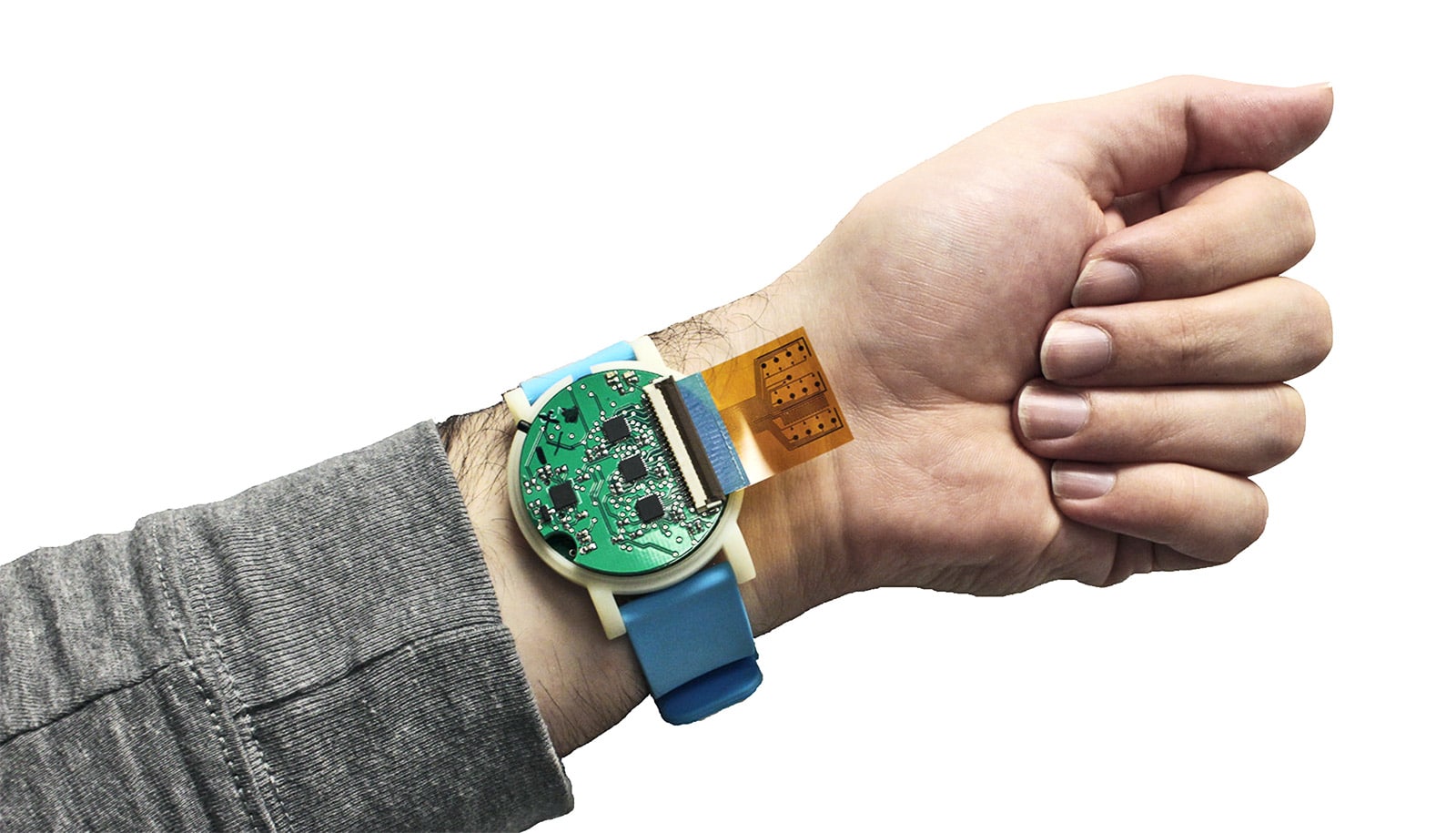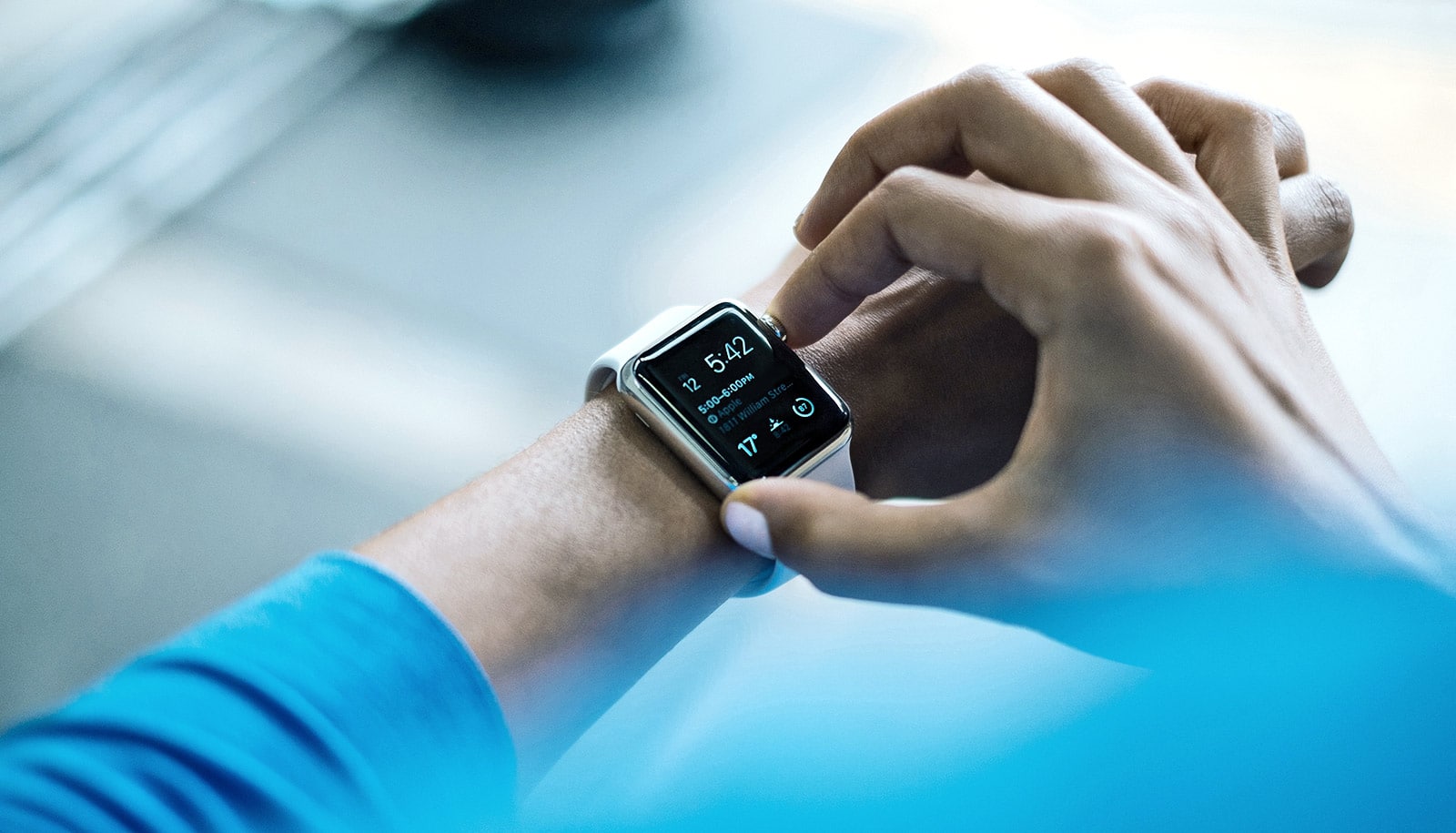A device the size of a wristwatch uses sweat to monitor your body chemistry to help improve athletic performance and identify potential health problems.
The device can detect dehydration, track athletic recovery, and more. It has a wide variety of applications, including military training and competitive sports.
“This technology allows us to test for a wide range of metabolites in almost real time,” says Michael Daniele, an assistant professor of electrical and computer engineering at North Carolina State University and in the joint department of biomedical engineering at NC State and the University of North Carolina at Chapel Hill.
Metabolites are markers that researchers can monitor to assess an individual’s metabolism. So, if someone’s metabolite levels are outside of normal parameters, the device could let trainers or health professionals know that something’s wrong. Athletes could use the device to help tailor training efforts to improve physical performance.
“For this proof-of-concept study, we tested sweat from human participants and monitored for glucose, lactate, pH, and temperature,” says Daniele, co-corresponding author of the paper, which appears in Biosensors and Bioelectronics.
Researchers embedded a replaceable strip on the back of the device with chemical sensors. The strip rests against a user’s skin, where it comes into contact with the user’s sweat. Hardware inside the device interprets data from the sensors in the strip and then records the results and relays them to a user’s smartphone or smartwatch.
“The device is the size of an average watch, but contains analytical equipment equivalent to four of the bulky electrochemistry devices currently used to measure metabolite levels in the lab,” Daniele says. “We’ve made something that is truly portable, so that it can be used in the field.”
While the work for the paper focuses on measuring glucose, lactate, and pH, the researchers could customize the sensor strips to monitor for other substances that work as markers for health and athletic performance—such as electrolytes.
“We’re optimistic that this hardware could enable new technologies to reduce casualties during military or athletic training, by spotting health problems before they become critical,” Daniele says. “It could also improve training by allowing users to track their performance over time. For example, what combination of diet and other variables improves a user’s ability to perform?”
The researchers are now running a study to further test the technology when it’s worn under a variety of conditions.
“We want to confirm that it can provide continuous monitoring when in use for an extended period of time,” Daniele says.
“While it’s difficult to estimate what the device might cost consumers, it only costs tens of dollars to make. And the cost of the strips—which can last for at least a day—should be comparable to the glucose strips used by people with diabetes.”
Additional coauthors are from NC State and the University of North Carolina at Chapel Hill. NC State’s National Science Foundation-funded Advanced Self-Powered Systems of Integrated Sensors and Technologies Center funded the work.
Source: NC State


